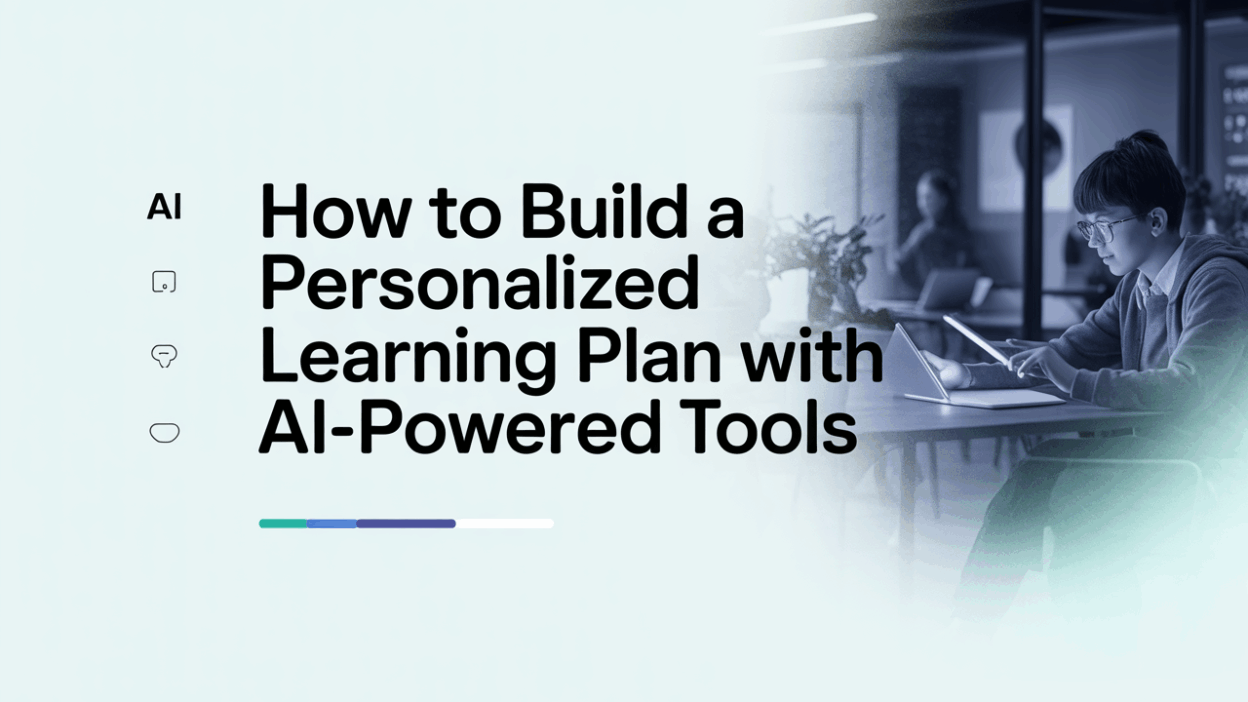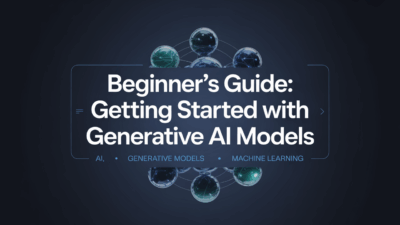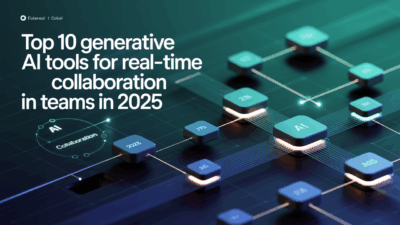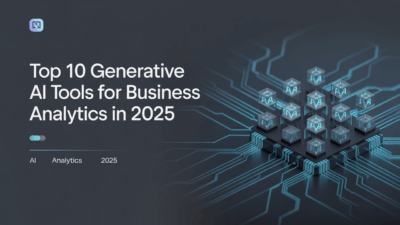Creating a personalized learning plan has become more accessible and effective with the integration of AI-powered tools. Whether you’re an educator designing lesson plans or a student mapping out your educational goals, leveraging artificial intelligence can help tailor experiences to individual needs and preferences.
Step 1: Identify Learning Objectives
The first step in building a personalized learning plan is to clearly define the learning objectives. These objectives should outline what the learner aims to achieve, whether they are related to skill development, knowledge acquisition, or personal growth . By establishing clear goals, educators and learners can better utilize AI tools to meet these targets efficiently.
Step 2: Analyze Student Data
AI excels at processing large amounts of data quickly and accurately. By analyzing student performance data, AI can identify strengths, weaknesses, and learning patterns that might not be immediately apparent to educators. This analysis forms the foundation for a truly personalized learning experience .
Step 3: Choose the Right AI-Powered Tool
Selecting the appropriate AI tool is crucial. There are numerous platforms available that cater to different aspects of education, from content curation to automated grading. Tools like ChatGPT, CoPilot, Gemini, and Claude offer free services that can generate lesson ideas, activities, and writing prompts tailored to specific educational contexts . For instance, CompassAI provides structured approaches to creating personalized learning plans aligned with individual goals .
Step 4: Automate Content Curation
Once the right tools are selected, automation becomes a key benefit. AI can curate educational content based on the learner’s interests, previous performance, and current objectives. This ensures that the material presented is both relevant and challenging enough to promote growth without overwhelming the learner .
Step 5: Implement Personalized Learning Paths
AI platforms can analyze learning styles and customize lessons accordingly, ensuring that each learner receives instruction suited to their unique needs. This approach not only enhances engagement but also supports inclusivity by accommodating diverse learning requirements within a single classroom setting .
Step 6: Monitor Progress and Adjust Accordingly
Regular monitoring of progress is essential. AI systems can track learner progress over time, providing insights into areas where additional support may be needed or where the learner is excelling. This continuous feedback loop allows for timely adjustments to the learning plan, keeping it dynamic and responsive to the learner’s evolving needs .
Conclusion
Building a personalized learning plan with AI-powered tools represents a significant advancement in educational practices. By following these steps—identifying clear objectives, analyzing data, choosing suitable tools, automating content delivery, implementing customized paths, and continuously assessing progress—educators and learners alike can harness technology to foster a more engaging, inclusive, and effective learning environment. As AI continues to evolve, so too will the possibilities for personalizing education, making this an exciting field ripe for exploration and innovation.



